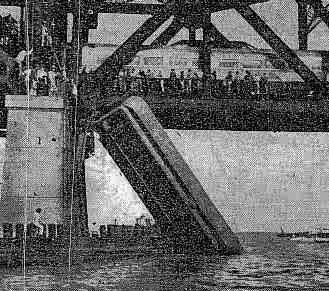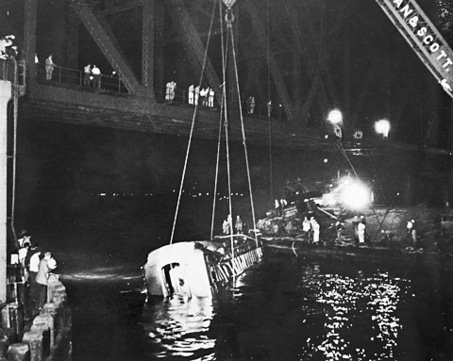

JeffPo's Central Railroad of New Jersey Lantern Page
Last update: 12/12/11


This is a Dressel lantern for the Central Railroad of New Jersey, sometimes called the Jersey Central. The lid is embossed with CRR of NJ.

The tall red globe is etched with CRR of NJ. The red globe means that it was used as a stop signal.
Central Railroad of New Jersey

The Central Railroad of New Jersey, commonly known as the Jersey Central or CNJ, can trace its origins back to the 1830s. Its main line ran from Jersey City, through New Jersey, to Easton and Scranton in Pennsylvania. Branches also went to Delaware Bay.
The Elizabethtown and Somerville Railroad was chartered in 1831, to build from Elizabeth on the Newark Bay west to Somerville. The line to Plainfield was completed in 1839, connecting to the New Jersey Railroad in Elizabeth. In 1849, the Elizabethtown and Somerville Railroad bought the Somerville and Easton Railroad, and the two companies were consolidated as the Central Railroad of New Jersey. The CNJ expanded rapidly in the second half of the 1800s and by 1917 had absorbed over 20 other railroads.
The first commercially successful diesel-electric locomotive was built for the Central Railroad of New Jersey in 1924.

In 1929 the CNJ began operating its most famous train, the Blue Comet, from Jersey City to Atlantic City. The train ran until 1941 and was known for its luxury, punctuality, and speed, boasting 100 mph. The colors of the locomotive and passenger cars were ultramarine, cream, and nickel. Tickets were blue. Chairs were also in blue and the porters dressed in blue as well.

On September 15, 1958, the Central Railroad of New Jersey suffered a railroad accident that claimed the lives of 48 people. A morning commuter train ran through a restrictive signal (i.e. a reduce speed signal), and a stop signal, derailed and slid off the Newark Bay lift bridge into the Newark Bay. Both diesel locomotives and two coach cars sank immediately. A third coach car dangled from the bridge for two hours before finally falling into the bay also.

Both the engineer and the fireman will killed, so the exact cause of the wreck is not known. The first signal the train ignored was a restrictive speed signal telling the train to slow down for the bridge. The second signal the train ignored was stop signal, which was red because the lift bridge was up. The third signal the train ignored was a derail signal which indicated the derail device was set. A derail device is a device that actually takes a train off the tracks to stop it (by means of resistance with the track ties and ballast). When the bridge was up, the derail device was automatically set. But because the train was traveling so fast (having ignored the restrictive speed signal), it continued on even after derailing and plunged off the bridge. Investigators speculated that the engineer suffered a medical emergency due to hypertensive heart disease (though his cause of death was drowning), but they couldnít explain why the fireman didnít step in and stop the train. Perhaps he was tending the stricken engineer. The two locomotives were raised from the waters and eventually returned to service.

The Newark Bay lift bridge was demolished in the 1980s, while many were protesting to save it as a historical landmark. It was a beautiful bridge, which first opened in 1926, and sported four tracks.
Beginning in the 1960s, the CNJ competed for freight and coal loads, given passenger train travel was on the decline. But with heavy commuter traffic and shorter freight hauls than its competitors, the CNJ declined. It was in and out of bankruptcy, with the last one being declared in 1967. In 1972, all Pennsylvania operations ceased and the CNJ partnered with the Erie Lackawanna Railroad for freight. The heavy taxes levied by the state of New Jersey didnít help matters. The CNJ railroad was ultimately brought into the Conrail railroad in April of 1976. Some of the former CNJ lines are now operated by NJ Transit as commuter lines. CNJ emerged from bankruptcy in 1979 as Central Jersey Industries, a corporate shell. It eventually merged with the packaging company Triangle Industries.